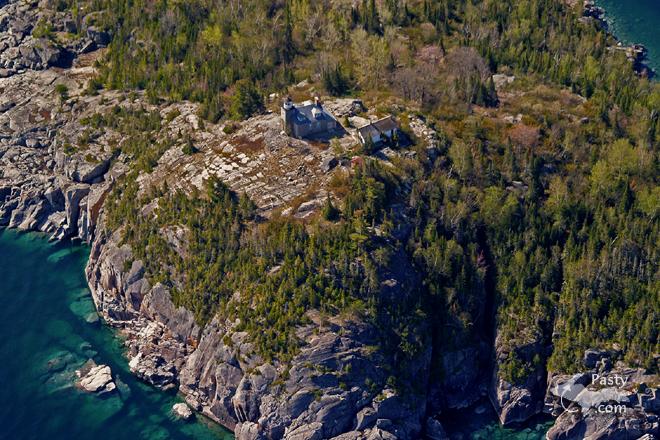By Capt. Paul (Eclogite) on Friday, September 14, 2007 - 10:02 am:
Not particularly different is correct, but they differ greatly in their composition and how they were formed.
While the Karst Hills in China are formed from dissolution of carbonate rocks (limestones and gypsums), the Tetons were formed from tectonic activities associated with the Laramide orogeny and continuing through recent times. The Teton Range consists of a core of igneous and metamorphic Precambrian rocks overlain in most of the range by westward dipping sedimentary Paleozoic rocks. The sculpturing influence of glacial ice has provided a final spectacular touch to a scene that already boasted mountains rising sharply from a broad, flat valley. However, the Tetons also contain large amounts of limestone and dolomite forming karst. We just don't see the spectacular karst topography that is in China because conditions just didn't favor that kind of development in and around the Tetons....
By Marianne Y (Marianne) on Saturday, September 15, 2007 - 06:53 pm:
Thank you, Capt Paul for your comparison & contrast of the Karst Hills in China vs the Tetons! I appreciate it!







